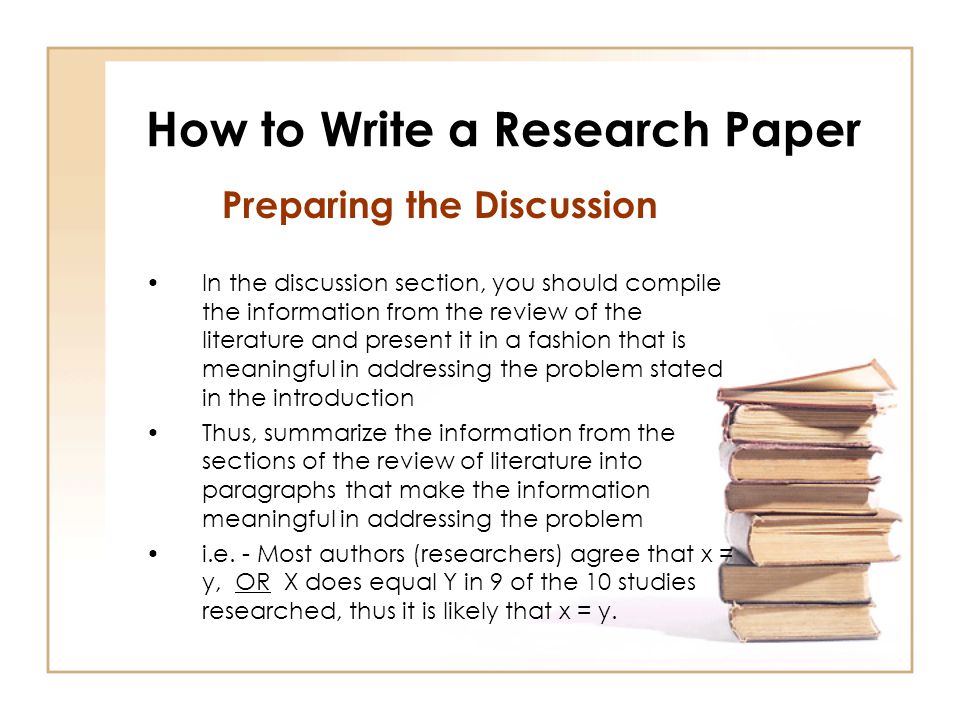A thesis sentence is a short statement that explains what the paper will be about and provides context for the topic. This statement can be as simple as stating that your paper will discuss climate change and its effects on yearly temperatures, or as complex as examining the impact of climate change on communities and individuals. A thesis sentence is especially important when the topic of your paper is something that is new to your readers.
Introduces a topic
The first part of your introduction should announce the topic of your research paper. This statement should include the broader problem that your research is trying to address. Next, the introduction should state the specific questions you intend to answer. For example, if your topic is sociology, you could start your introduction by describing the life of a particular person. For physical and natural sciences, however, stories about people are not appropriate.
To write an effective introduction, you need to present the problem as clearly as possible. The first paragraph of the introduction should state the current situation, followed by a statement of what you wish to achieve. You can use contrast words to emphasize the differences between the present situation and the desired one. One to four paragraphs will do. If you have more than four paragraphs, you may want to add an additional section that discusses key terms or recent developments in the topic.
Establishes the scope of the research project
The scope of a research study refers to the elements that are covered in a particular research study. It is a fundamental decision made early in the project. Setting the scope of the research will guide the work of the researcher and will help define its scope. The researcher will gain a high level of research capability by setting the scope of the study. The research plan is the starting point of any research project. It defines the objectives of the study and lays out the parameters for its execution.
The scope of a research project should contain the purpose of the study, limitations of the research, goals, objectives, and methods of study. It should be specific and measurable to avoid ambiguity. It should be linked to the research question and make the study more relevant to the reader. In most cases, the scope and delimitations are considered together when writing a paper. Nevertheless, the research plan must include a description of the delimitations so as to make it more relevant to the research question.
Provides a preview of main results
A good introduction for research paper should give a reader a sneak peek of the main results. It should narrow down the scope of the research and give an audience a sense of the problem it is attempting to address. The introduction part of the research paper can be as simple as stating why the problem is relevant to the paper, or it can be as complex as presenting a list of possible solutions.
Ideally, the introduction should give background information about the topic, including the problem and the research question. If necessary, it should review existing approaches or solutions that may be relevant to the topic. A thesis or dissertation typically includes a chapter titled ‘Review of the literature’, but a research paper should give a brief overview of these alternatives. However, there are times when the introduction will include a brief review of literature.
Summarizes the main points of the paper
An academic summary should summarize the main points of a research paper in a brief and concise manner. It should contain the main points of the paper as well as cite all cited works. If the research paper is an original article, citations should be provided for every source cited. If the paper presents critical opinion or new evidence, mentioning other works may be relevant. The average length of a research summary is between 200 and 350 words and follows the standard structure of an essay.
The summary should follow the order of ideas in the original text. Make sure to keep the point of view objective and do not include your own opinions. If you need to use a quotation, use the exact words used in the original. A good summary should be about 15 to 20% of the original text. If you have an idea about the original, compare the summary to the original and make any necessary changes to improve your writing.
Includes key words from the title
The title should provide a clear idea of the subject of the research paper. A good strategy is to use the key words from the title in the first few sentences of the introduction. This way, the introduction will be focused on the primary subject matter and not get distracted by too general or high-level information. If the title is too general, you may end up with too general an introduction. To avoid this, choose the key words with the appropriate level of specificity and a general subject.
The introduction must clearly explain the topic of the research and how it will be structured. The reader should easily understand what to expect in the rest of the research paper. While writing an introduction for a research paper may seem easy at first glance, many students fail to do it properly. For example, they often fail to choose a competitive topic or develop a solid thesis. Furthermore, even important topics can seem questionable to professors.

